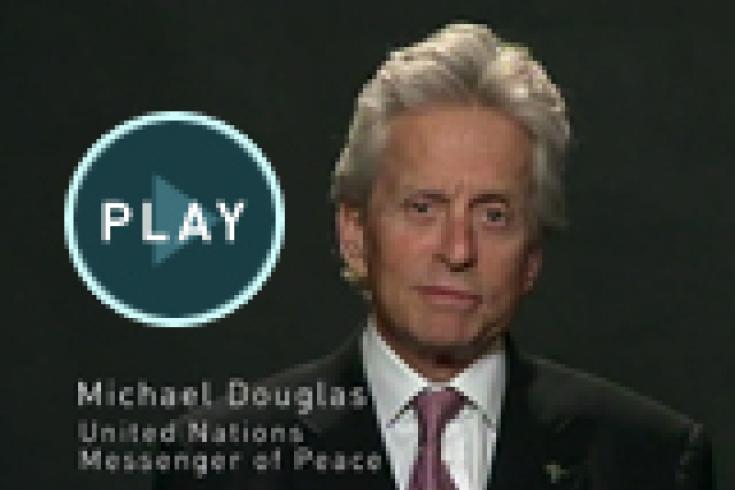2011 - a year of important achievements for the CTBT and the CTBTO
Spring – helping throughout the Fukushima disaster
The new video features impression from the Takasaki IMS station and interviews with key scientists.
Even before entering into force, the CTBT is saving lives.
Summer – a scientific pilgrimage to Vienna
The conference review video features interviews with some of the eminent scientists.
The Fukushima accident gave yet another glimpse of the enormous potential that this system provides much beyond the original intended use of nuclear test monitoring.
Autumn – training the next generation of CTBT experts

Watch the Advance Science Course’s introductory lecture.
...now I can say I am fully aware what are the main objectives, basic functions, and dreams and missions of CTBTO and that really helps me to do my part as a part of the international community.
Winter – thanks to Indonesia, the CTBT is now closer to becoming global law

The Indonesian parliament unanimously voted to ratify the CTBT on 6 December 2011.
I am determined to ensure that Indonesia's decision today will create momentum to encourage others who are still holding out to do the right thing. And the only right thing is to ratify the CTBT now, no more procrastination, no more delaying because it is right, it is proper and it makes a more secure world.
Throughout the year ? ardent political and financial support

"Has your country joined the CTBT?”
22 Dec 2011